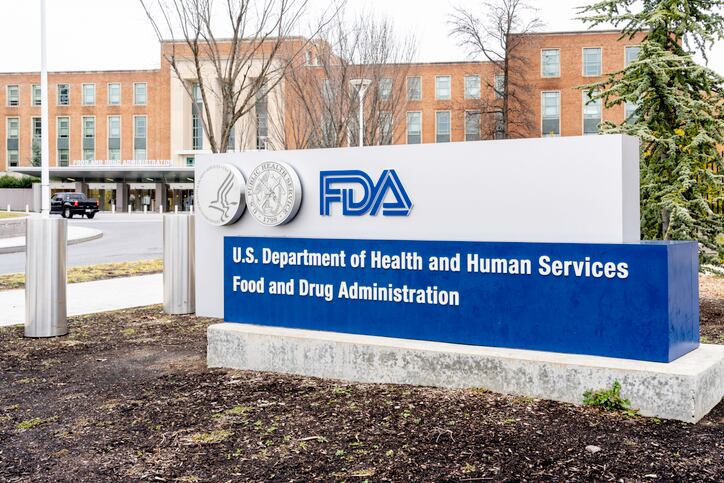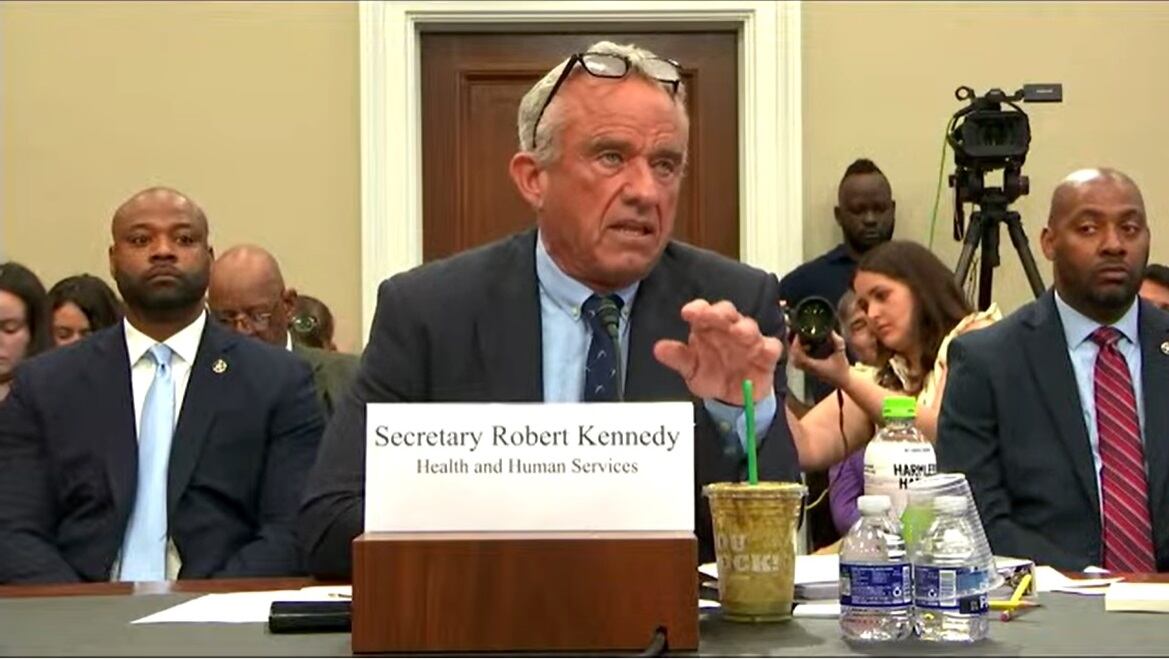Foreign inspections of food facilities “are flowing again” after a slowdown in the first quarter of 2025, during which thousands of FDA employees – including top leaders and longtime staff – were laid off or retired under the Trump administration, according to one compliance expert.
“We initially saw a slowdown in notices going out to firms, to registrants, indicating FDA would be inspecting their facilities or establishments. However, that has recently, in the past couple of weeks, begun to resume again,” David Lennarz, co-founder and president of Registrar Corp., said yesterday in a webinar his company hosted.
He explained after the Trump administration took office “initially, very few notices in January, February, even into March, were being sent out by FDA notifying companies that they may be subject to an inspection. However, we have seen that change recently. Notices are indeed flowing. We have seen quite a few notices in the drug and pharmaceutical space, as well as in the food space.”
The uptick comes after FDA indicated it would shift responsibility for more inspections to state authorities, which Lennarz noted “is not new,” and expand unannounced foreign inspections of food and drug manufacturers, which he said is new.
He explained 43 states have had contracts with FDA “for a number of years” to inspect facilities under the agencies purview, and the “proposal is to expand this further and to have more involvement from states to actually go out in the field and conduct FDA inspections of food or beverage facilities.”
The expansion of that program would include foreign inspections, more of which will be unannounced.
“Historically, their inspections for foreign facilities have always been announced for a number of reasons,” often giving firms two or three months’ notice that an inspector will come to a factory or establishment on a certain date, Lennarz said.
“They have indicated that they intend to treat foreign firms similarly to domestic firms, and for those of you in the US, you may be aware that FDA does conduct unannounced inspections within the United States, simply showing up at a facility, knocking on the door and conducting an inspection,” he said.
The expansion of unannounced inspections at foreign facilities addresses a “double standard” and “is a key step for the FDA as part of a broader strategy to get foreign inspections back on track,” FDA Commissioner Martin Makary said in a May 6 statement.
Makary also indicated that FDA would clarify policies for FDA investigators to refuse travel accommodations from regulated industry and reduce the length of foreign inspections to conduct more of them.
Reduction in force results in ‘an incredible loss of institutional knowledge’
These proposals have caused consternation at the agency, which is grappling with widespread workforce reductions – including the abrupt departure of Michael Rogers, the agency’s top official for overseeing drug and food safety inspections, after working his way up the ranks at FDA for 34 years.
In a LinkedIn comment he said earlier this month that it was his decision to retire, “and it was the best decision for me and my family at this time.” However, media reports suggest Rogers was “miserable” after HHS Secretary Robert F Kennedy Jr ordered cuts to the office.
His departure is “red alert concerning news” and “will further demoralize the inspectorate,” Susan Mayne, former director of FDA’s Center for Food Safety and Applied Nutrition, said in a LinkedIn post.
Rogers is far from the only employee – or leader – to leave FDA since the start of the year.
More than 3,500 FDA employees are estimated to have retired or been laid off as part of a sweeping reduction in force since the year began. Other high-profile departures include Jim Jones, former deputy commissioner for the human foods program, who also left abruptly in February – citing frustration with dozens of his staff being fired.
“This is an incredible loss of institutional knowledge,” said Lennarz.
Can AI help FDA do more with less?
Plans to shift more inspections to states also comes after FDA indicated last spring that it would “de facto cut by 30% the funds it gives state partners for food safety inspections.”
FDA leadership at the time explained that for the past five years FDA had redirected to states for food safety initiatives about $119 million annually, which is about $36 million more than the $83 million allocated in the agency’s yearly budgets. The funds came from “excess, unspent dollars,” that would “start shrinking” if FDA’s budget did not increase. The lack of those funds would result in a “very real reduction” in states’ capacities, the agency warned at the time.
The current FDA administration routinely touts its intention to do more with less – and one way it says it could do that is by leaning more heavily on AI.
Earlier this month, Makary revealed the agency’s intentions “to scale use of artificial intelligence internally across all FDA centers by June 30.”
He acknowledged this is an “aggressive timeline to scale the use of artificial intelligence,” but said he was “blown away by the success” of the agency’s AI-assisted scientific review pilot, including the reduction of “non-productive busywork that has consumed much of the review process.”
Lennarz reports that his clients have not seen a slowdown in reviews or approvals despite the reduction in forces, suggesting that even though integrating AI is still “very, very early stage,” it “seems so far so good.”
FDA’s poor track record of food safety inspections hindered by staff shortages
While disruptive, the changes come after FDA received sharp criticism from the Government Accountability Office and legislators in January for missing mandatory food safety inspections.
GAO reported FDA failed to meet domestic and international food safety inspection targets mandated by the Food Safety Modernization Act since 2018.
While the US food supply is “generally considered safe,” and “FDA conducted thousands of routine surveillance food safety inspections of domestic and foreign food facilities” between 2018 and 2023, the agency failed to routinely inspect all high-risk facilities as frequently as mandated by FSMA, according to a GAO investigation and report published Jan. 8.
At the time, FDA attributed the drop off in part to a “stubbornly insufficient workforce despite FDA’s efforts to hire and train new inspectors.”



